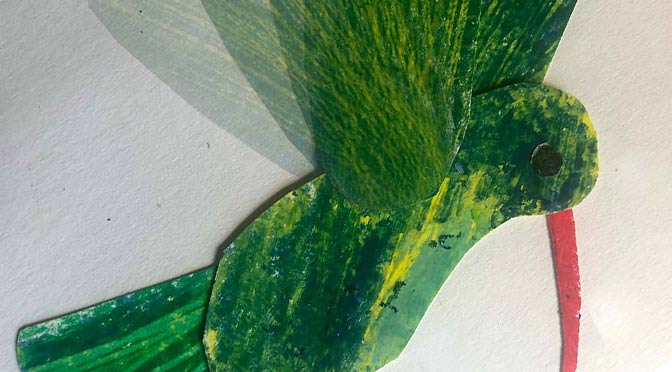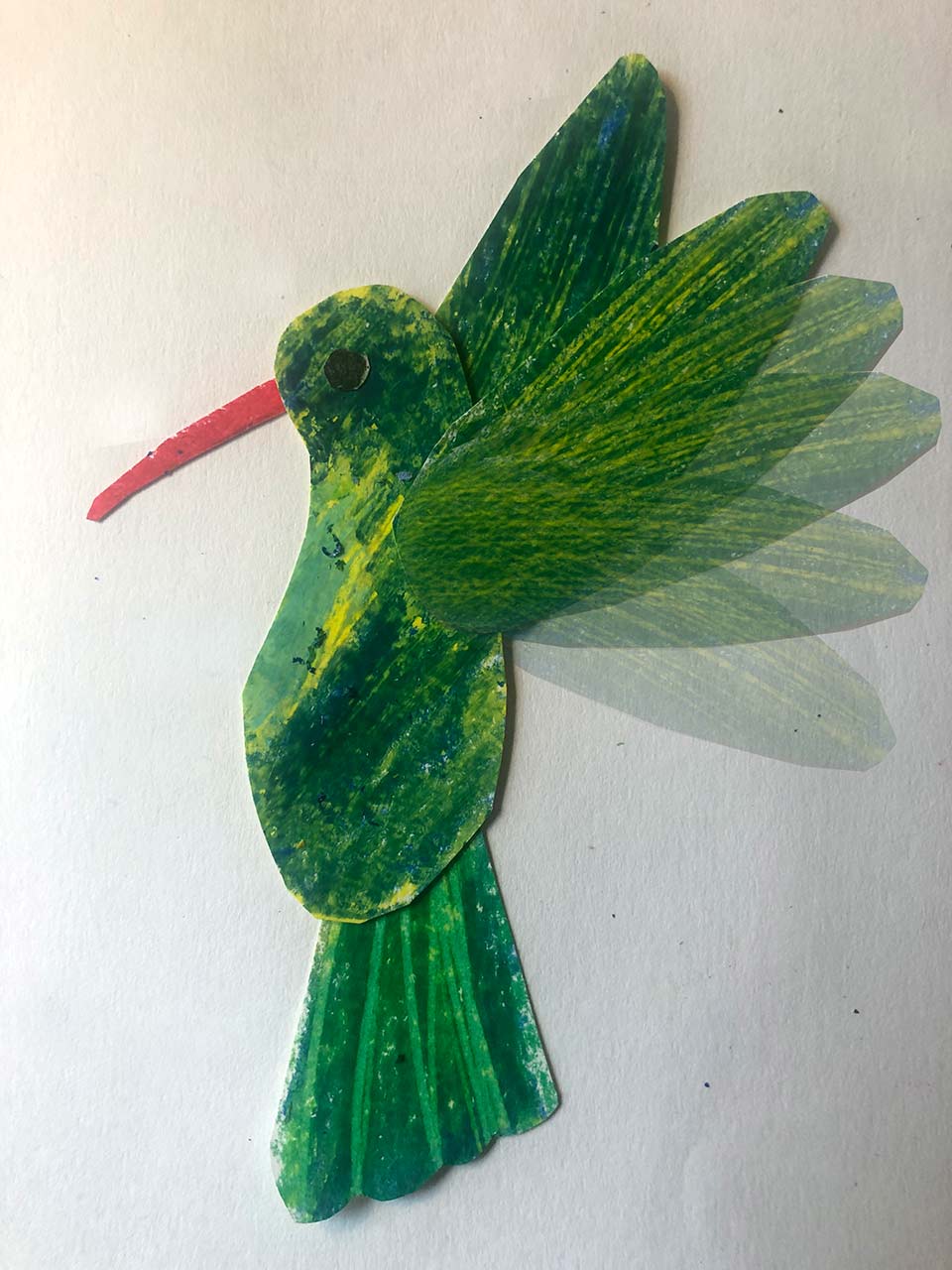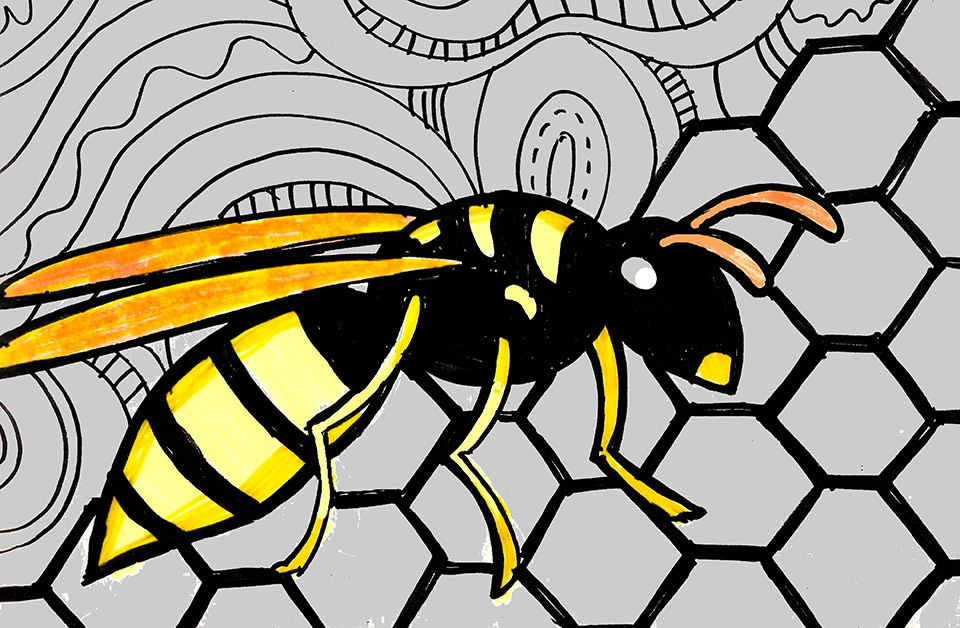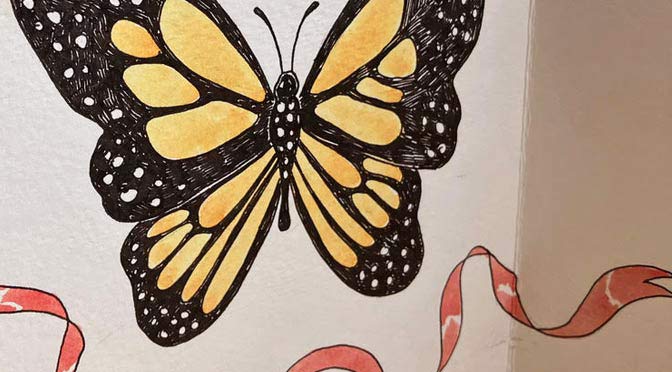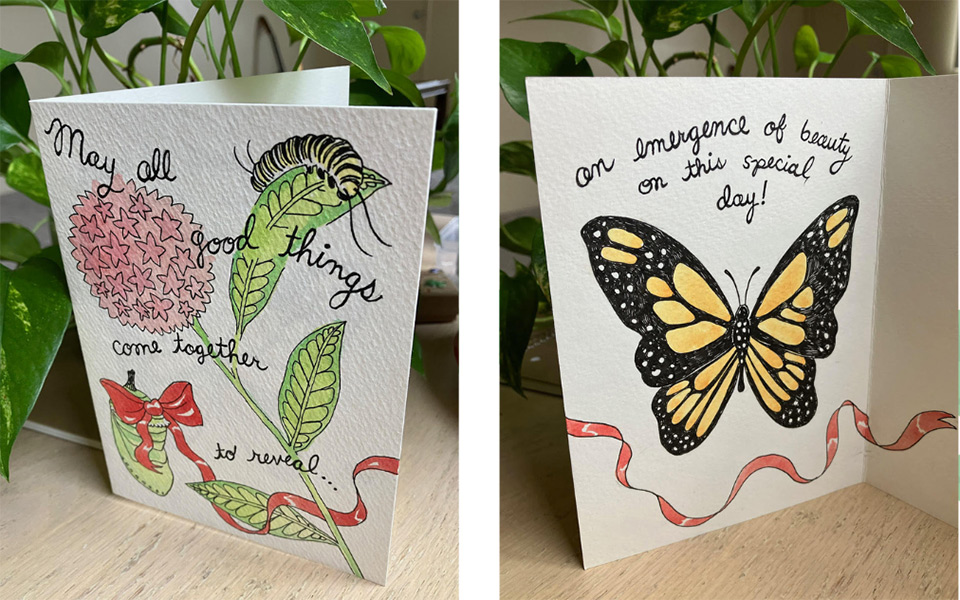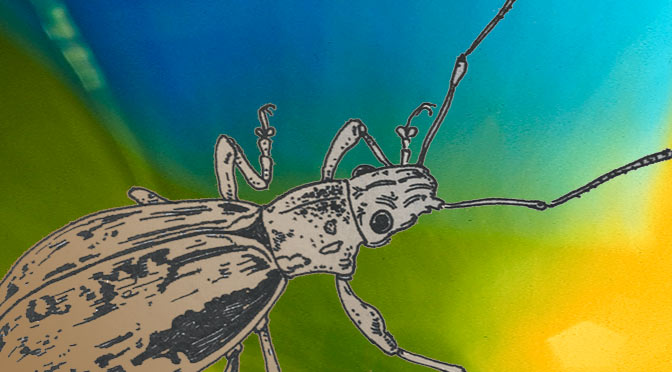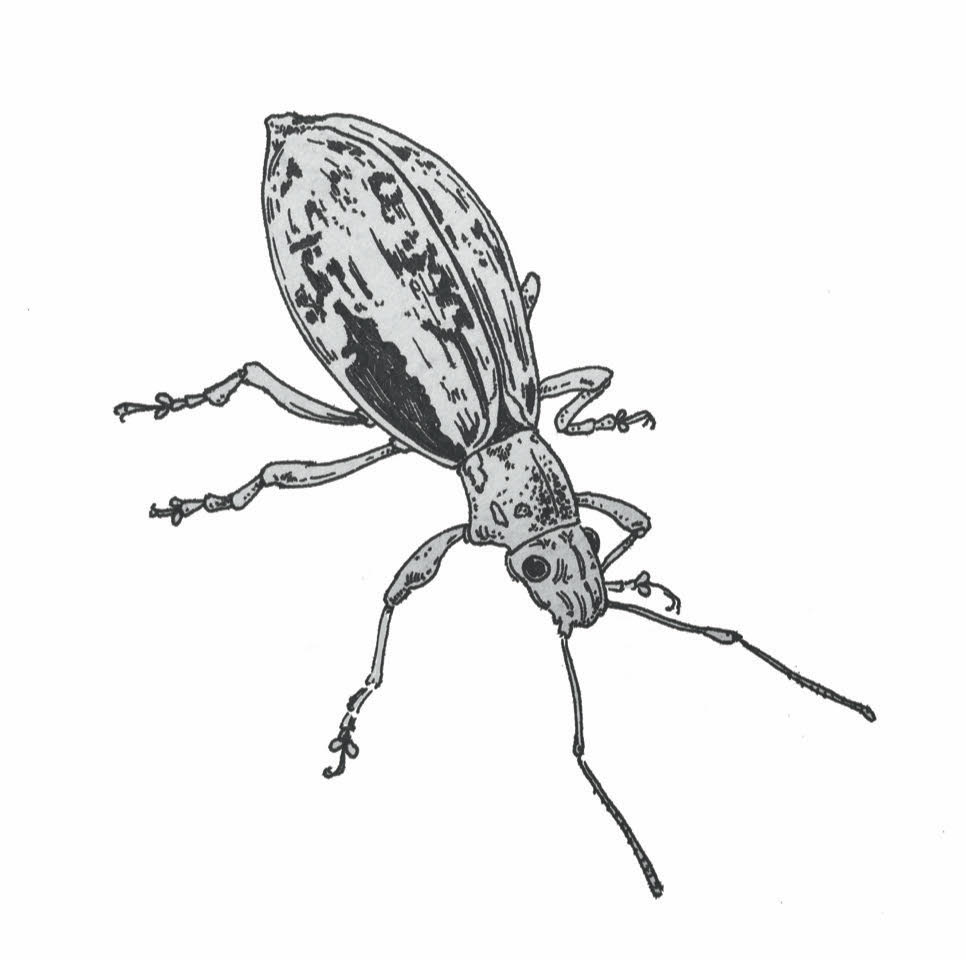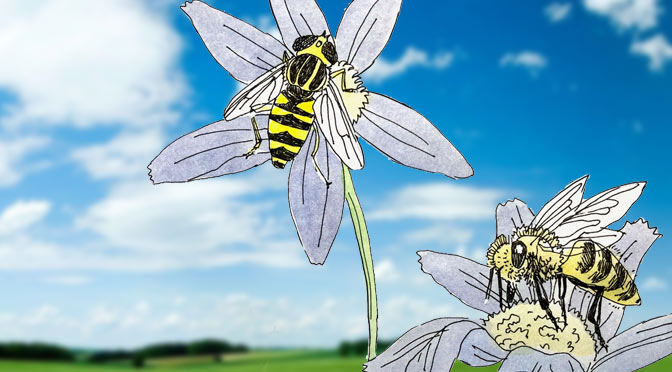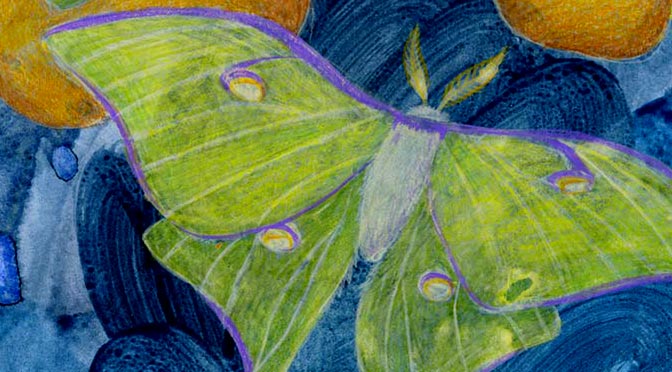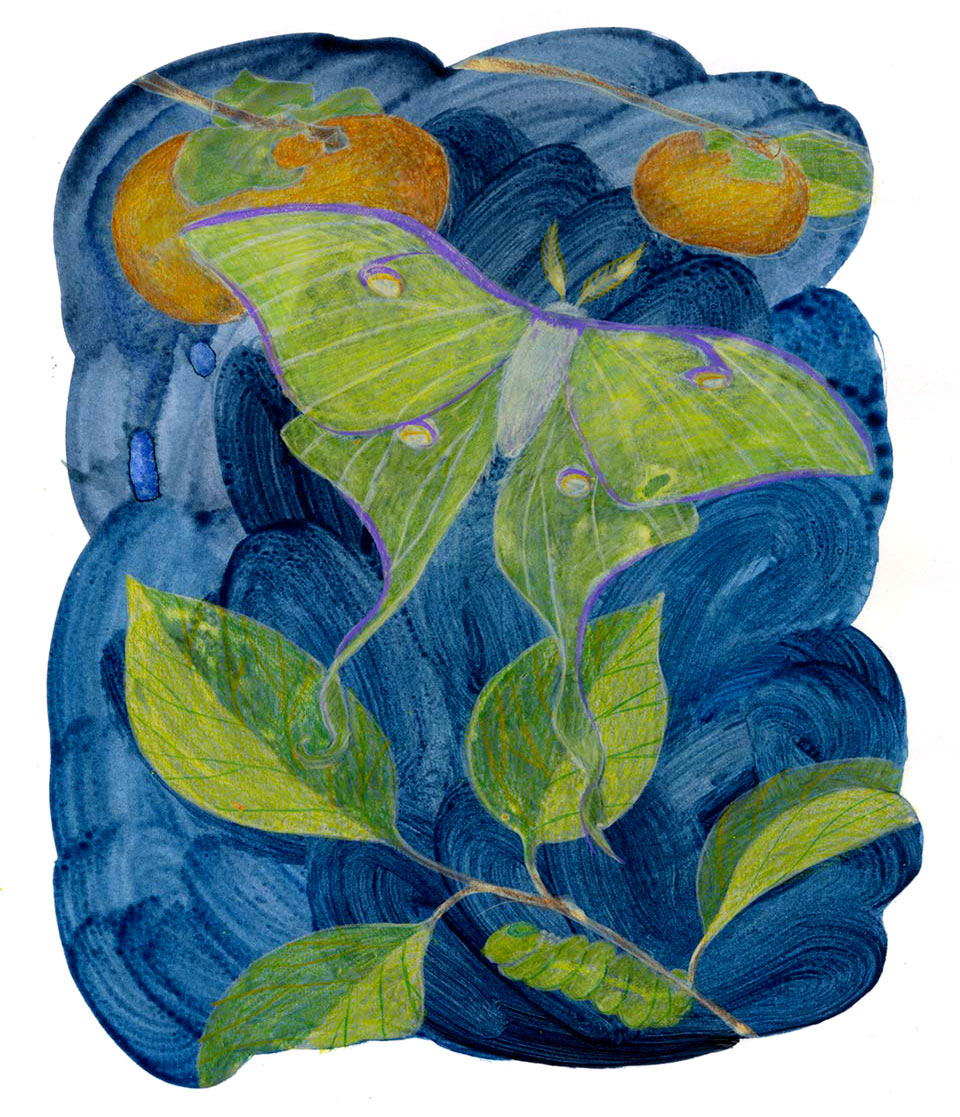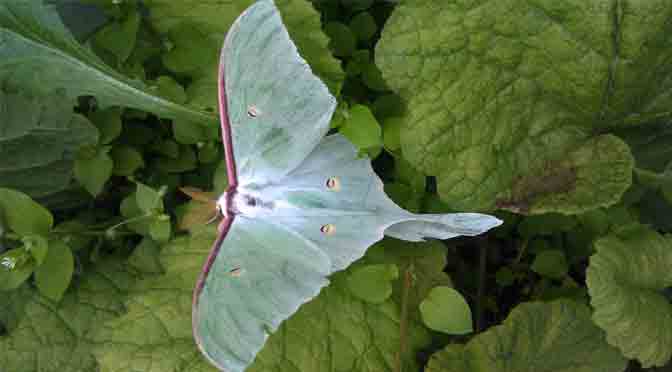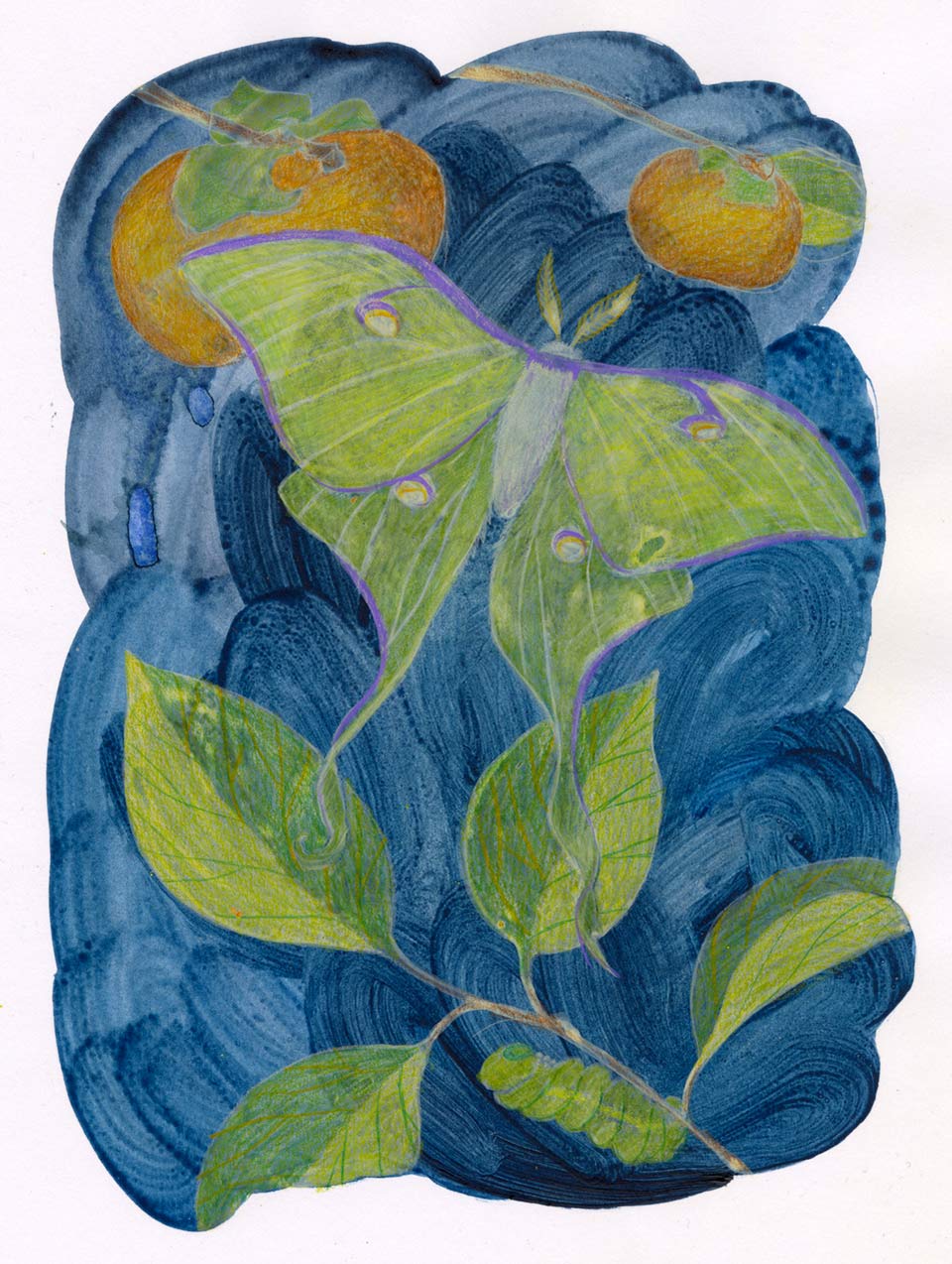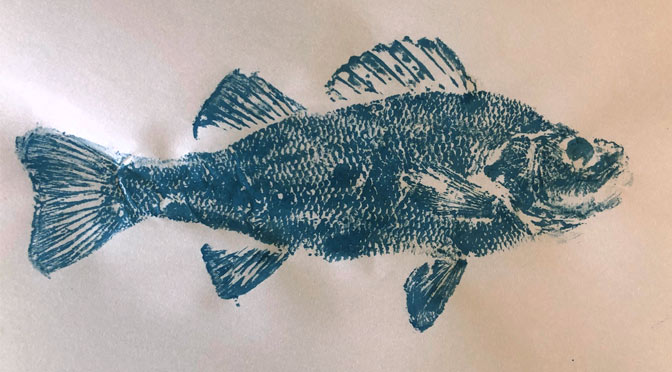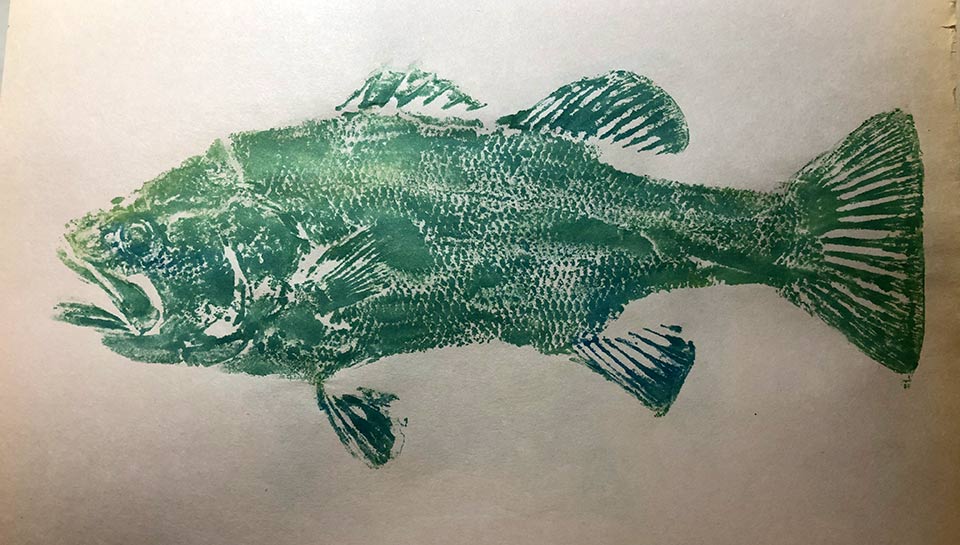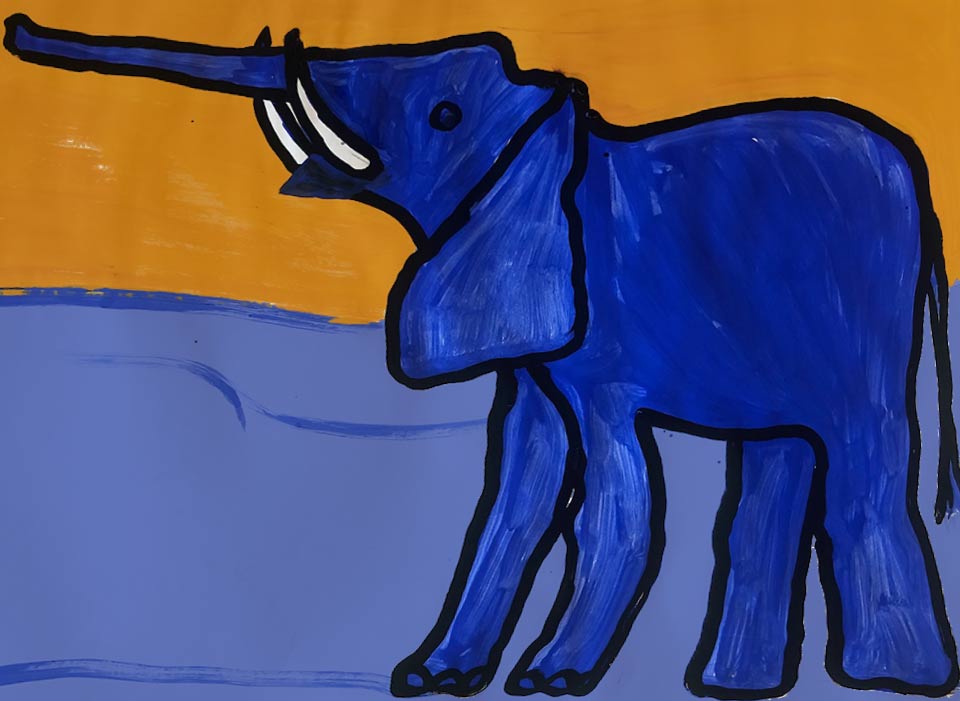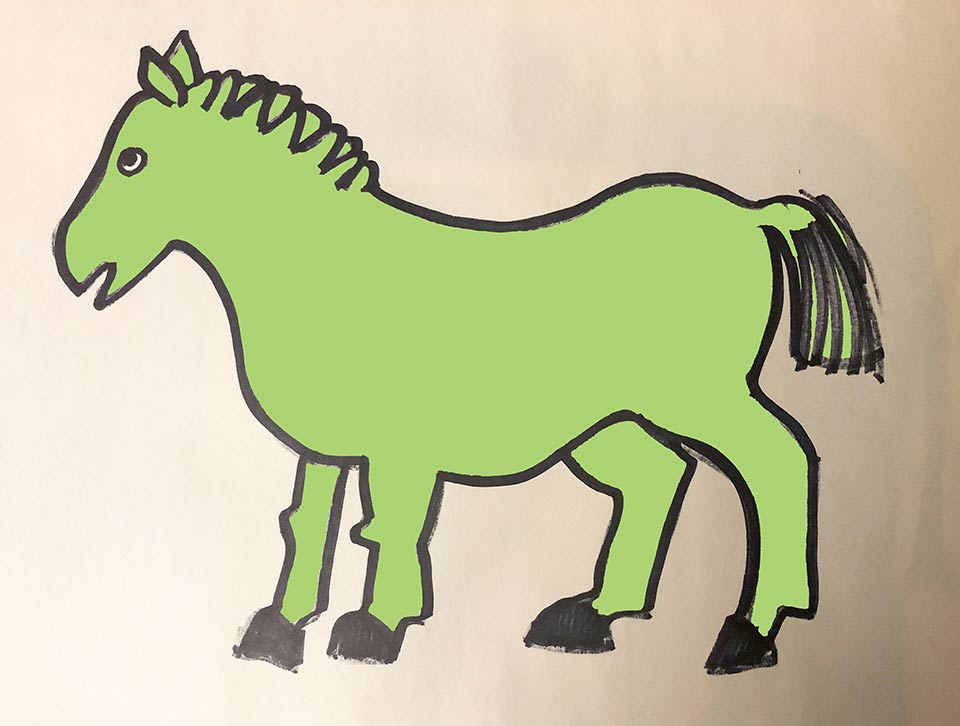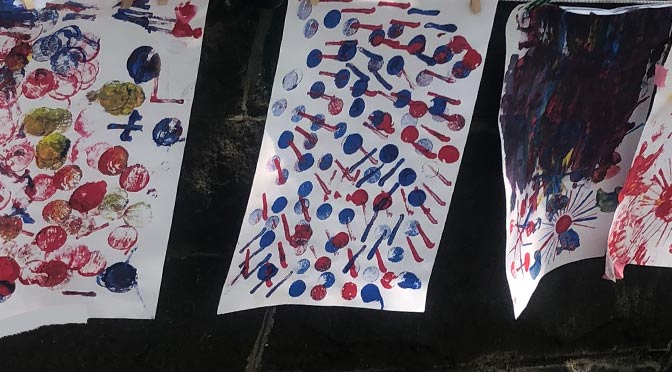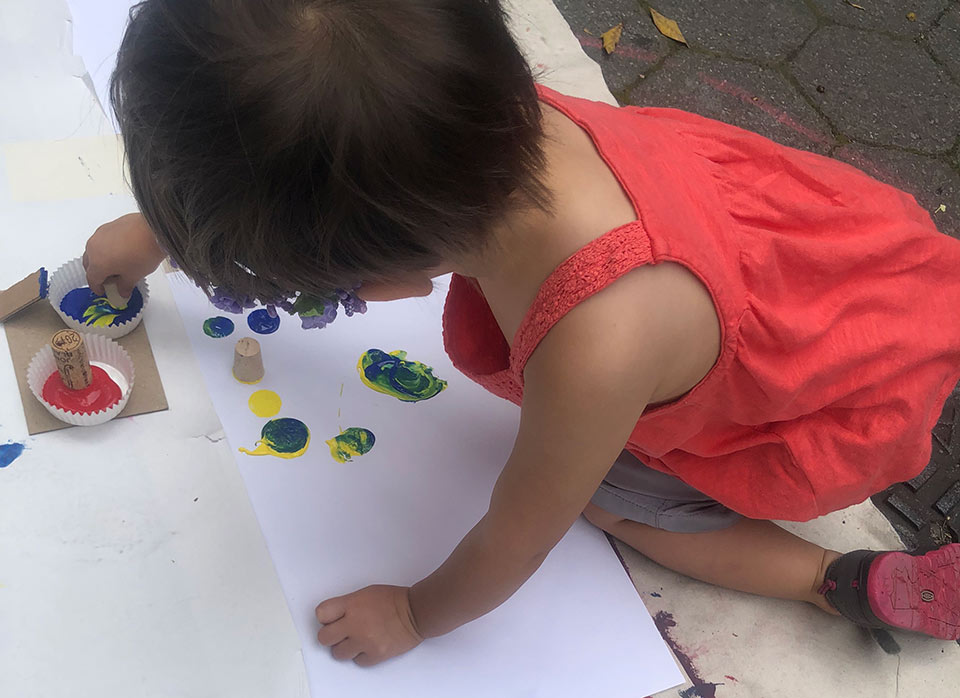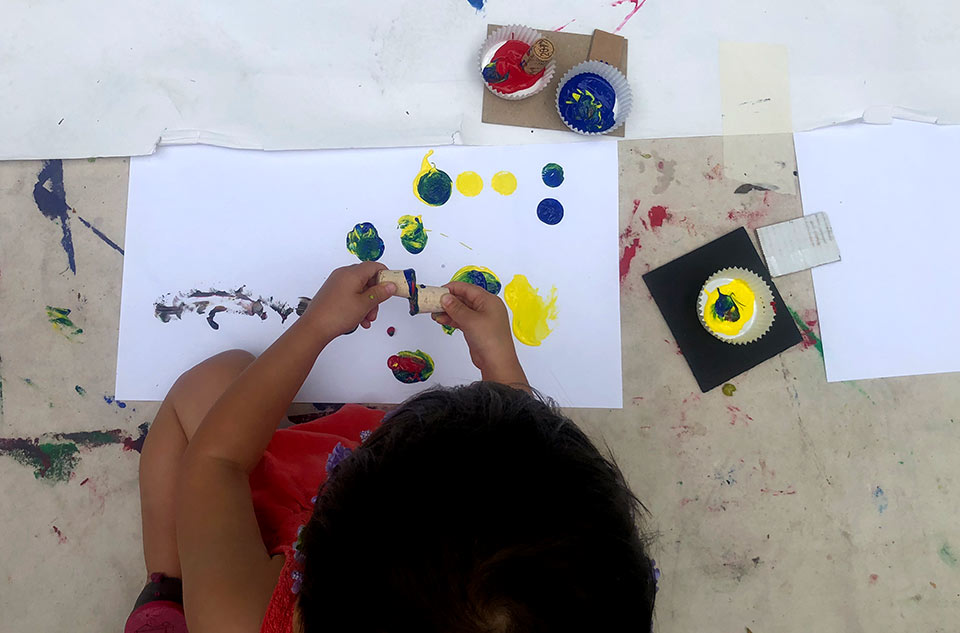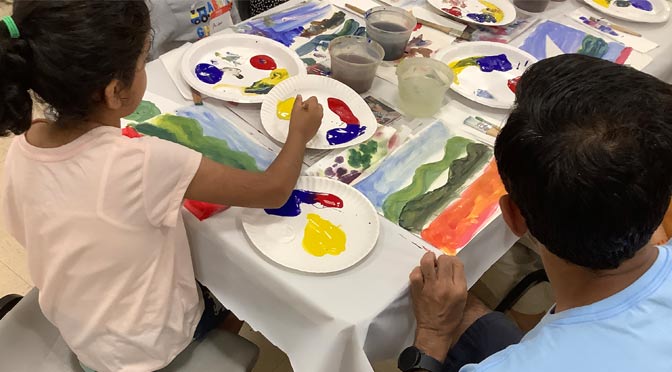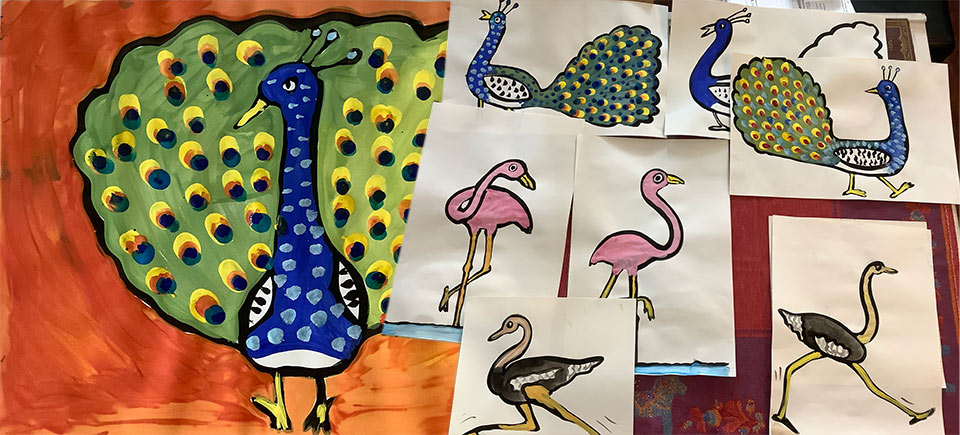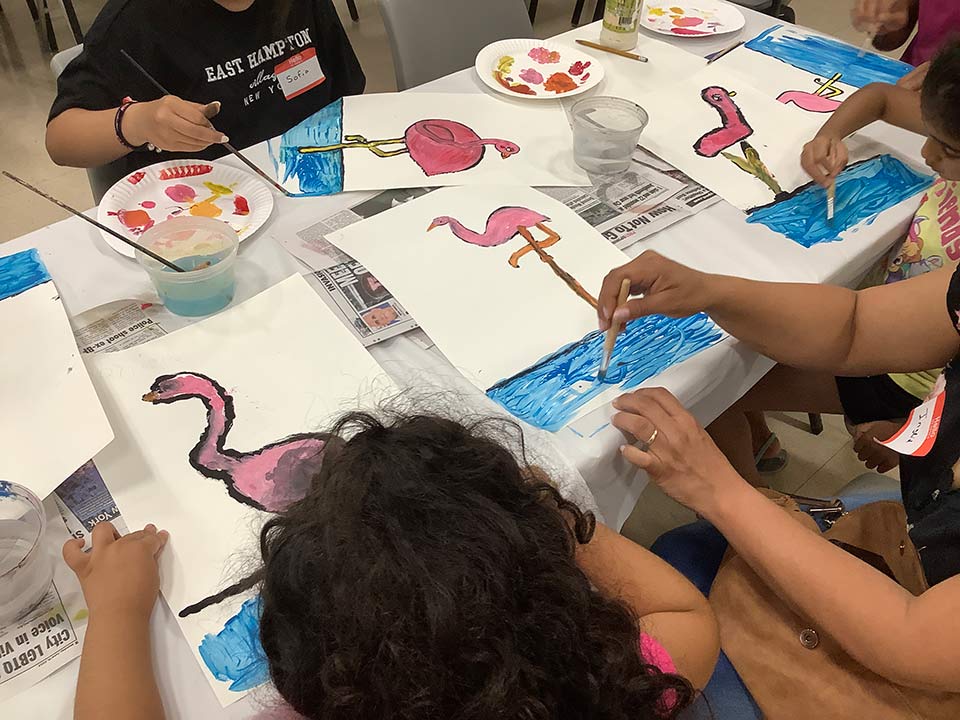POLLINATORS IN ACTION – HUMMING BIRDS
January 31st at 5:00 PM. To sign up for this program send an email to office@sitenf.org with the note ART WORKSHOP in the subject line. We will email you the ZOOM ID and password. Click HERE to watch some of our videos.
HUMMINGBIRDS: small but speedy. Tiny but aggressive. Little bodies, big appetites. Hummingbirds are a study in extremes. They are the lightest North American birds. Most weigh less than two pennies at 3 to 4 grams. They have the fastest wings and heartbeats, the most efficient metabolisms, and the most minuscule eggs. The list could go on. Watching these tiny marvels at a feeder, it’s hard not to wonder how hummingbirds zip around so quickly or keep their feathers so brilliant. Hummingbirds are tough survivalists. Many of the actions that help them persevere also make them fun to watch. —www.birdsandblooms.com/
- Art Materials:
- Wax crayons in a variety of colors
(optional – oil pastels) - Sturdy light plain paper (2 pages)
- Scissors
- Glue (or stapler)
- Newspaper or table covering (optional but recommended)
- Wax crayons in a variety of colors

